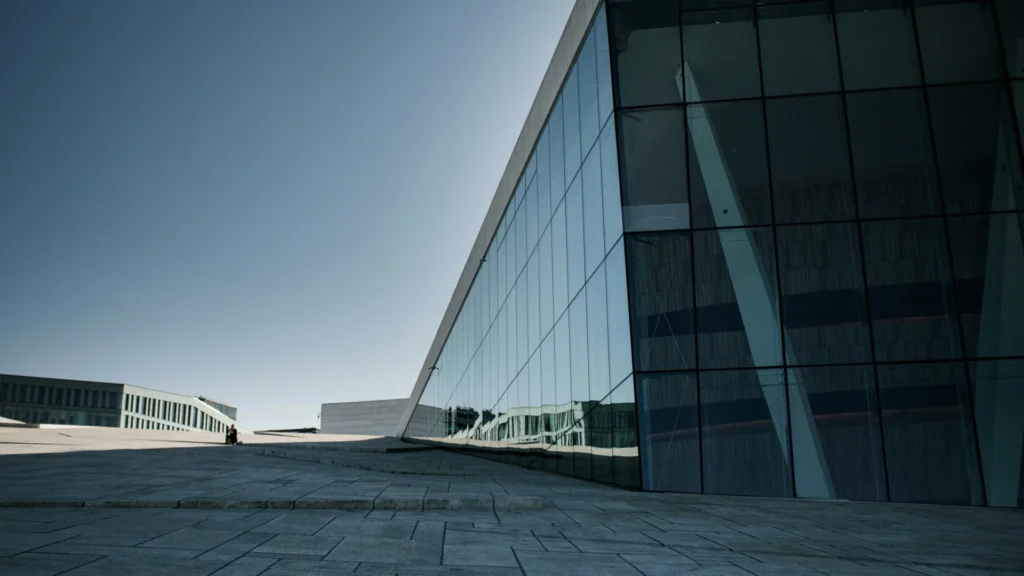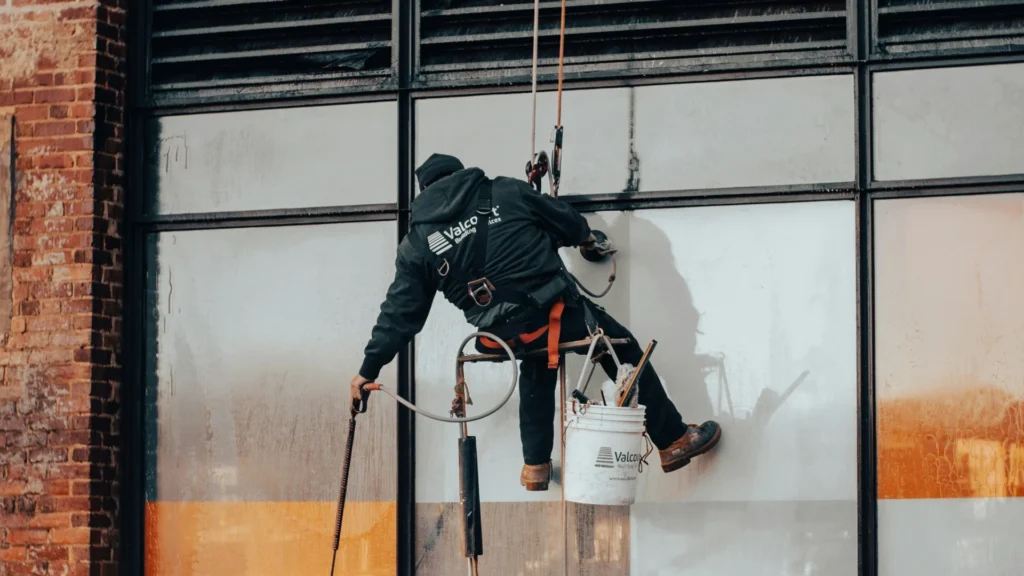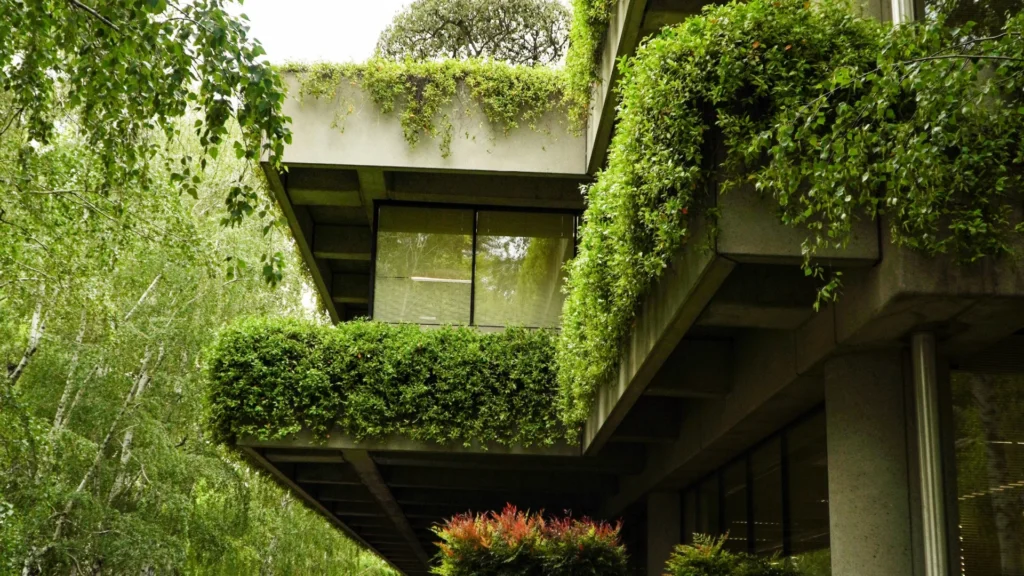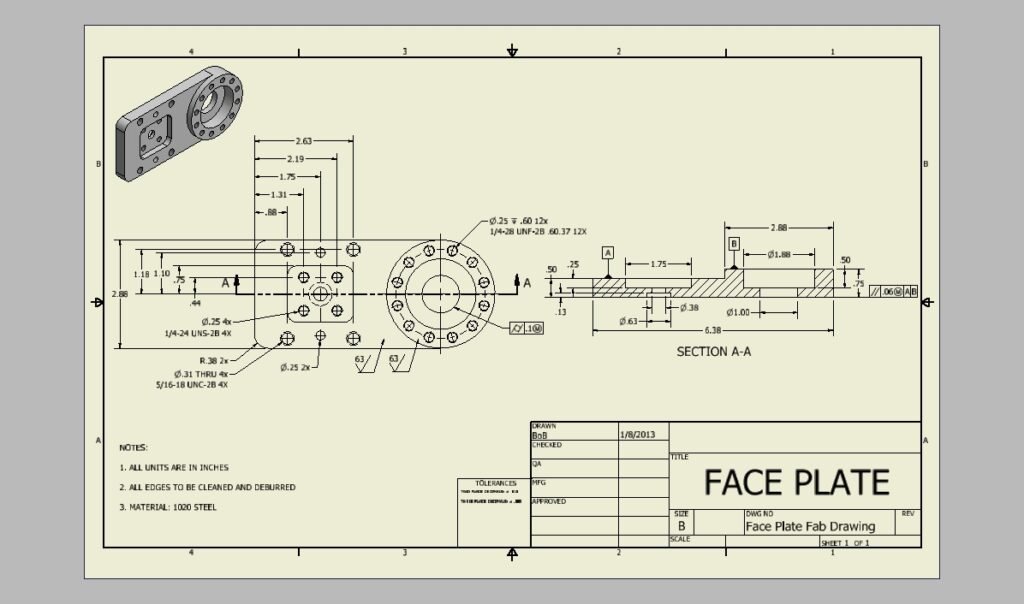
Facade failures can have a significant impact on the structural integrity and aesthetics of buildings. Understanding the causes, signs, and prevention methods is crucial for building owners and managers to ensure the long-term sustainability of their properties.
Defining Facade Failure
Facade failures refer to the deterioration, damage, or malfunction of the outer layer of a building’s exterior. This can include issues with the cladding, finishes, coatings, and structural elements that make up the facade.
Importance of Addressing Facade Failures
Addressing facade failures is essential to maintain the safety, functionality, and appearance of a building. Consequently, ignoring these issues can lead to costly repairs, decreased property value, and potential safety hazards for occupants.
Impact of Facade Failures on Buildings
Indeed, facade failures can result in water infiltration, mold growth, structural instability, and aesthetic deterioration. Consequently, these issues can compromise the overall integrity of the building and pose risks to both its occupants and the surrounding environment.
Common Causes
Weathering and Environmental Factors: Exposure to extreme weather conditions, UV radiation, pollution, and moisture can accelerate the deterioration of building facades.
Poor Installation Practices: Incorrect installation techniques, use of substandard materials, or inadequate detailing can result in facade failures over time.
Lack of Regular Maintenance: Neglecting routine inspections, cleaning, and repairs can exacerbate minor issues and lead to more severe facade failures.
Identifying Signs of Facade Failure
Cracks and Gaps in the Façade: Visible cracks, gaps, or bulging areas on the facade can indicate structural issues that need immediate attention.
Water Infiltration and Staining: Stains, discoloration, or dampness on interior walls due to water infiltration through the facade are clear signs of failure.
Deterioration of Coatings and Finishes: Peeling paint, flaking finishes, or corroded cladding are indicators of facade deterioration that should not be ignored.
Best Practices for Preventing Facade Failures
Proper Design and Material Selection: Investing in high-quality materials, appropriate design considerations, and expert consultation can help prevent facade failures from the outset.
Regular Inspections and Maintenance: Conducting routine inspections, cleaning, and maintenance activities can detect and address potential facade issues before they escalate.
Timely Repairs and Upkeep: Promptly addressing any identified problems, whether structural or cosmetic, is essential to prevent further damage to the facade.
Case Studies: Lessons Learned from Facade Failures
Famous Buildings with Facade Failure: The Sydney Opera House and the Millennium Tower in San Francisco are well-known examples of buildings that have experienced facade failure.
Impact on Property Value and Reputation: Buildings with facade issues often suffer decreased property values and reputational damage, affecting both owners and occupants.
Successful Rehabilitation and Restoration Projects: Rejuvenation projects like the Louvre Pyramid in Paris demonstrate how effective restoration can transform a building and enhance its longevity.
Conclusion
In conclusion, proactive facade maintenance is key to preserving the longevity and value of buildings. Additionally, building owners and managers play a crucial role in ensuring the safety and aesthetics of their properties. Moreover, staying informed about emerging trends in facade design and construction is essential for future-proofing buildings.
FAQ
- How often should facades be inspected for potential failures? Facades should be inspected at least once a year, with additional checks after extreme weather events or structural work.
- What are the costs associated with repairing facade failures? The costs of repairing facade failures vary depending on the extent of the damage but can range from minor repairs to complete facade replacement.
- Can facade failure lead to safety hazards for building occupants? Yes, facade failure can pose safety hazards such as falling debris, water damage, and structural instability, putting occupants at risk.
Remember, investing in proactive facade maintenance today can save you from costly repairs and reputation damage tomorrow. Stay vigilant, stay informed, and safeguard the future of your building.


